The standard model of particle physics says that protons are stable and live forever, yet it has some flaws, especially in uniting quantum mechanics with Albert Einstein’s theory of relativity, which describes gravity.
The proton decay hypothesis was first described by Andrei Sakharov in 1967, yet despite experimental efforts, all the ways to find evidence on Earth have failed. Therefore, Patrick Stengel from the National Institute of Nuclear Physics in Ferrara, Italy, and his colleagues are proposing digging a 5-kilometer-deep hole into the Moon to search for signs of ancient protons decaying into kaons.
Patrick Stengel from the National Institute of Nuclear Physics in Ferrara, Italy, is proposing digging deep into the moon to search for signs of ancient protons decaying into kaons

Image credits: International Space Station
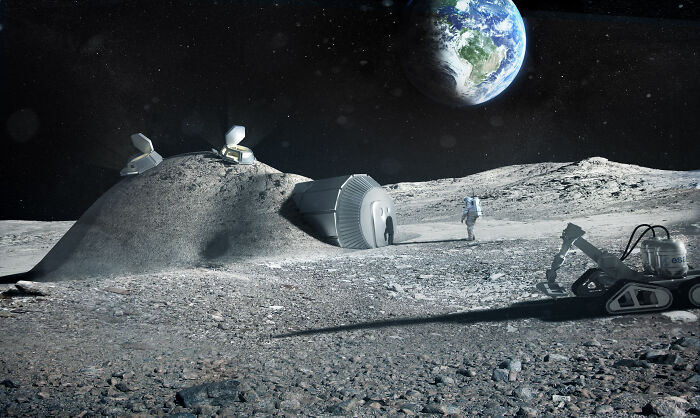
Image credits: ESA

Image credits: NASA
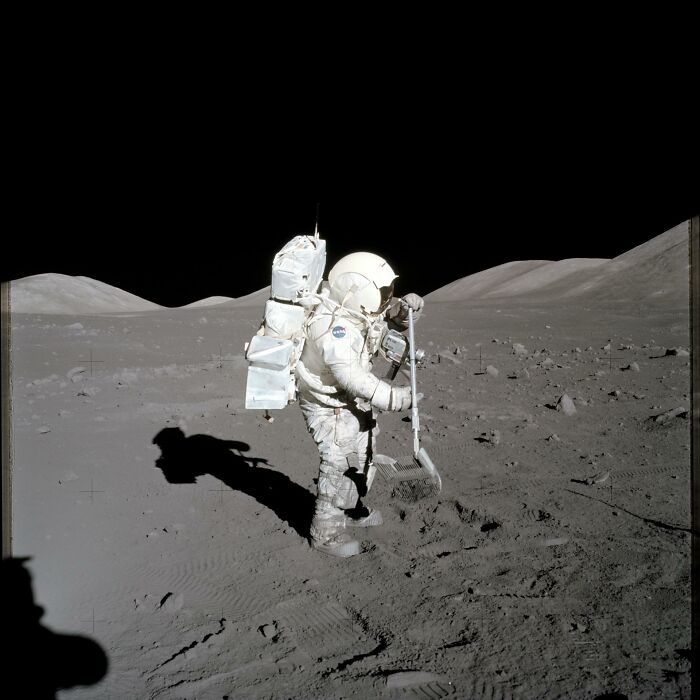
Image credits: NASA
Stengel believes that the lunar rock could hold the evidence of such decay in chemical changes in its mineral structure. Hiding deep down in the Moon’s surface would create a protective shield and would also mean that such evidence wouldn’t be mixed up with look-alike reactions caused by things like high-energy neutrinos.
After their calculations, the scientific team found out that the shielding would only be sufficient at least 5 kilometers under the lunar surface. In this case, a powerful drill would have to be transported to the moon to be able to obtain the sample. What’s important to mention is that drills can go much deeper than that on Earth; for example, the Kola Superdeep Borehole in Russia goes down more than 12 kilometres.

Image credits: @daryavaseum

Image credits: @daryavaseum
“Fundamentally, the idea is appealing,” said David Waters, Professor of Physics at University College London. “Instead of having detectors that weigh thousands of tonnes and operating them for a few years, you look at small mineral samples, perhaps only tens or hundreds of grams, and they might have been recording in their structure particle interactions over hundreds of millions of years.”
Yet the rock sample would have to be analyzed on the Moon with advanced microscopy equipment, since transporting the sample to Earth could affect it with cosmic rays. “The idea is very speculative. You need to go to 5 kilometers depth, pull out moon rocks and use these cutting-edge microscopy techniques – all that’s very hard,” Stengel shared his thoughts.
Despite all the technical difficulties, having access to just 100 grams of lunar rock could be enough to find the evidence of proton decay with as much or even more sensitivity than projects on Earth, such as the Super-Kamiokande neutrino detection experiment in Japan. This research experiment, together with about 40 universities and research institutes around the world, is aiming to elucidate the mystery of the universe and matter through neutrino observation.
Lunar rock samples from the Moon’s depths could give an opportunity to see if protons can decay into something else

Image credits: International Space Station
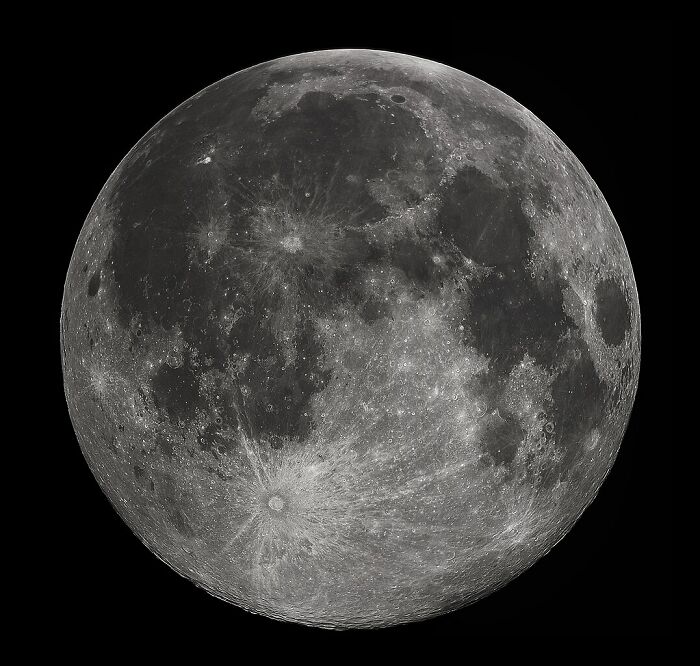
Image credits: NASA

Image credits: ESA
Our physical exploration of the Moon started in 1959 with Luna 2, a space probe that was launched by the Soviet Union. Before that, the only available exploration had been done only with the observations made from Earth.
Galileo Galilei is considered the first person who used a telescope for astronomical purposes. He made his own telescope in 1609 and the lunar surface was among his first observations using it.
Nowadays, due to quickly developing technology, there are lots of people taking detailed photos of the Moon’s surface, yet photographer Darya Kawa Mirza, better known as @daryavaseum on social media, is definitely among the best known.
The 30-year-old astrophotographer lives in Erbil, the capital city of Kurdistan region in Iraq.
“I was obsessed with photography since I was a kid and got my first camera. I start shooting everything: moon, landscapes… Until in 2007 my dad bought me a digital camera,” Darya shared in the interview with Bored Panda.
“Day after day I was learning all the basics and important stuff related to the camera and after a few years, my knowledge expanded so much that in 2014 I bought more advanced photo equipment,” the astrophotographer shared.
Asked about how he started taking such detailed photos of the moon, Darya told us that it happened quite accidentally. “I’ve always been curious about the sky but the turning point was when I discovered telescopes. I ordered a small one for myself and that was how it all started,” he said.
Darya told us that the entire process of taking photos can take from a few hours to several days. “For instance, my latest moon image took me 4 days of continuous shooting,” he explained.
“The Moon has always been special to me and not only because it can be really challenging to take photos sometimes, but also because through my photography I am able to bring it closer to all those people who share the same deep love to the brightest and largest object in our night sky,” Darya said and mentioned that in the future, he would also like capture Saturn and Jupiter.

Image credits: @daryavaseum
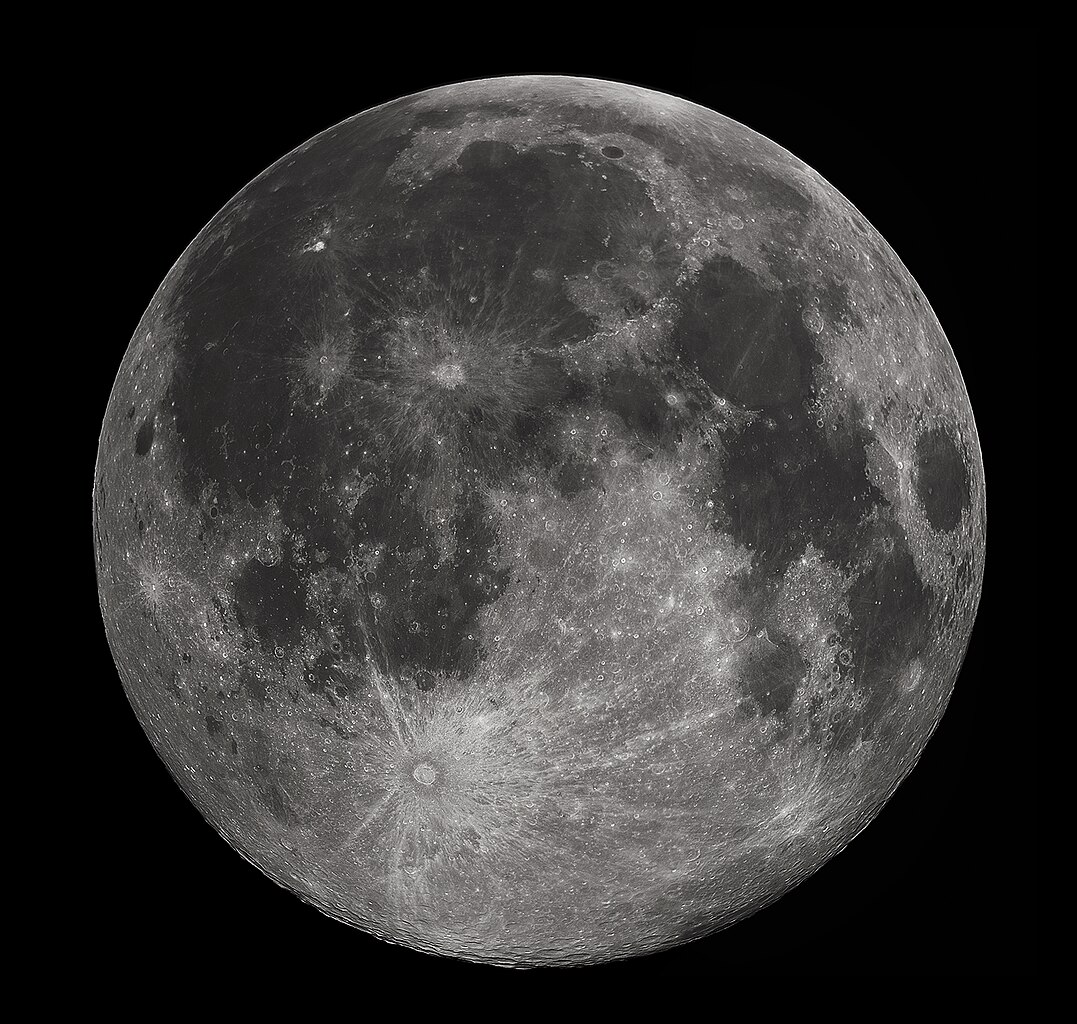
Image credits: @daryavaseum
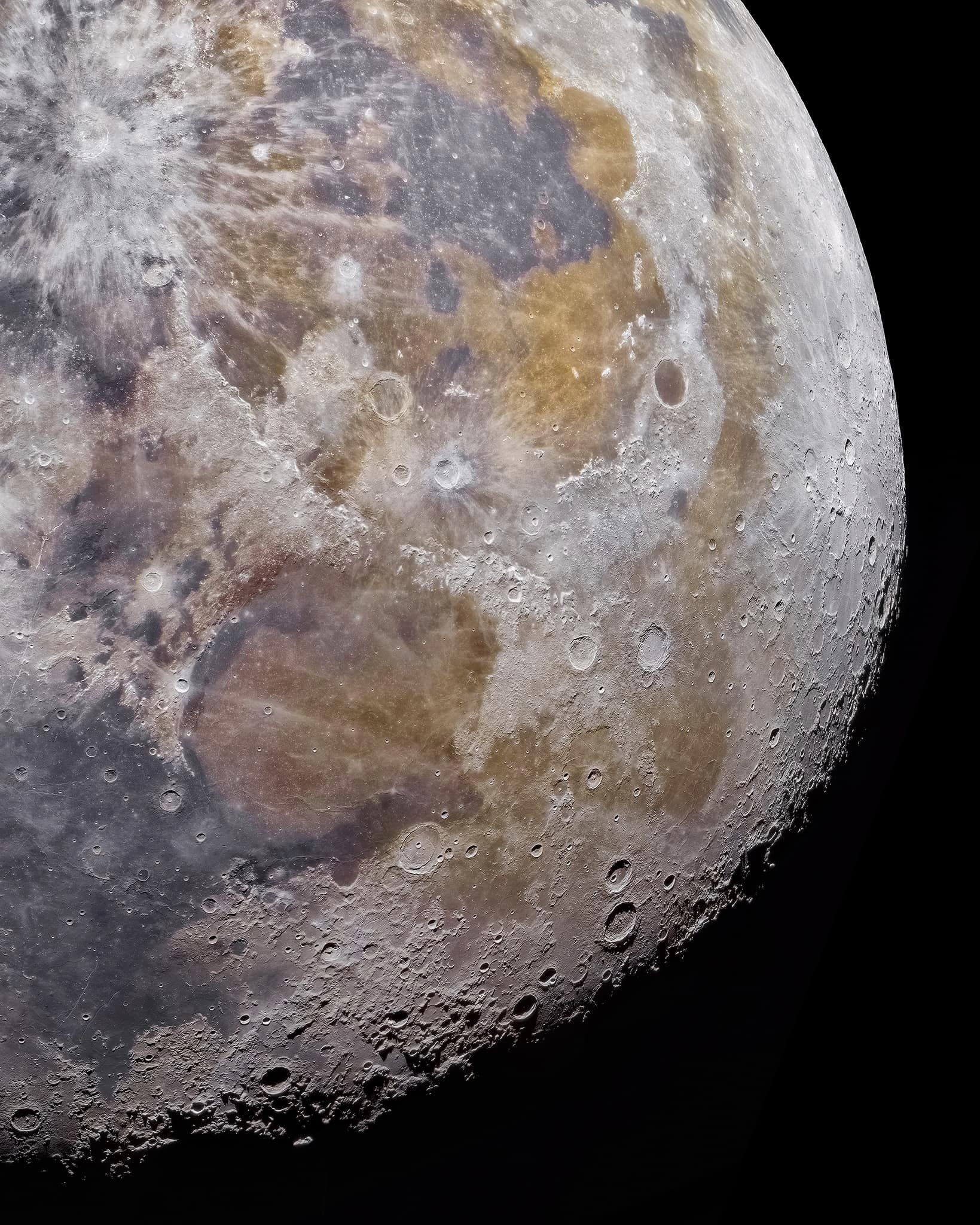
Image credits: @daryavaseum
As ESA’s Director of Technology, Engineering and Quality Franco Ongaro beautifully puts it, “If space is an ocean, then the Moon is our nearest island,” the one that humans last visited in 1972 with the 17th Apollo mission.
And who knows, maybe the next crewed mission to the Moon will find the evidence about protons’ decay into something else and will finally solve the conflict between physics theories that we have had over the decades.
People on the internet shared their excitement about new possible discoveries on the Moon





The post Physicists Want To Drill A Hole On The Moon To See If Protons Can Decay Into Something Else first appeared on Bored Panda.
from Bored Panda https://ift.tt/xFeW6p9
via IFTTT source site : boredpanda